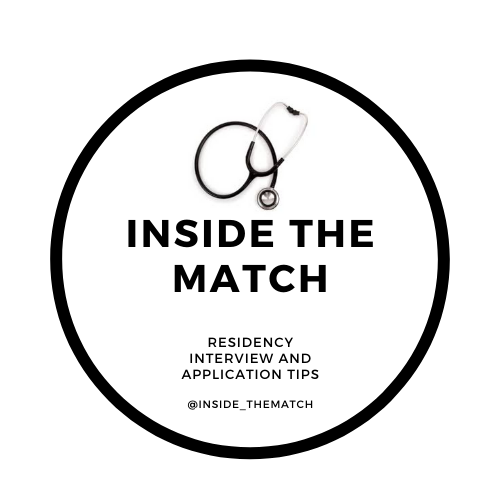To Take, or Not to Take, That is the Question
Written by Andrew Woods, DO
One of the most difficult questions facing Osteopathic medical students is whether to take USMLE Step 1 or not. With both USMLE Step 1 and COMLEX Level 1 moving to a pass-fail format, that decision becomes even more confusing. While an argument can (and should) be made about eliminating COMLEX entirely, that is useless for our discussion since it will not be happening any time soon. While there are some specialties where you likely hurt yourself by not taking Step 1, there are others where that decision is far murkier. I will try to make my suggestions broad to apply to as many specialties as possible, but I can speak most directly to Physical Medicine and Rehabilitation (PM&R). Full disclosure, I did NOT take Step 1, however, I DID take Step 2. I am unsure if this is still allowed with the recent changes, but I don’t believe that would change my opinion at the end of this. So, with all that out of the way, let's dive in!
Decision #1: Who are you as an applicant?
Figuring out who you are projecting to be as an applicant is the single most important task for every future applicant. While this is difficult to achieve as a second-year medical student, you should have a general sense of how competitive of an applicant you will be once residency applications roll around. Have lots of research and have you been crushing classes? You will likely be a competitive applicant. Are you more like I was, with some good leadership experiences but little to show in the grades department? You will likely have to cast a wider net.
Decision #2: What type of program do you seek?
Once you have made those projections, it is important to look forward to the type of residency setting you think attracts you. Want to work in an urban academic setting? You probably need a Step 1 score. Want to work in a rural community setting? You probably don’t. Going back to our first decision, if you anticipate applying to top programs within your specialty, you likely need a Step 1 score far more than if you foresee yourself applying to programs that are not as known.
Decision #3: What do your UWorld Self-Assessment scores look like?
Believe it or not, your UWorld Self-Assessment scores, especially UWorld Self-Assessment #2, are far more predictive of your performance on the real deal than any grades you receive in pre-clinical coursework. Medical schools are unlikely to admit this, but there is a reason that UWorld is considered the gold standard for board prep. If you are putting your best efforts into the tests and truly simulating a test environment, and are passing the exams with flying colors, you are very likely to pass the real thing. Conversely, if you are just skating by or even failing, then the risk-reward equation has to come into play, and you need to go back to the first two decisions to see if you truly need Step 1.
Final Thoughts: You never know what path you will ultimately choose.
You may be thinking, that everything I have said so far is ambiguous and I took both sides to every decision. And you’re right! I did that intentionally though, because, at the end of the day, you never know, no matter how dedicated you are to a specialty, what you will fall in love with once clinical rotations begin. I cannot begin to count how many friends started their third year saying “there is no chance I wind up working in an operating room,” only to match into a surgical specialty. By not having a passing Step 1 score, you may close doors before the application cycle even begins, and so I believe that as long as there are not any serious concerns that may cause you to fail Step 1 (overwhelming test anxiety, significant grade issues, distractions during dedicated, etc.), then you should take Step 1.
I believe that preparing for Step 1 is the same as Level 1, except for the Osteopathic Manipulative Medicine (OMM) content that we cram in the final week, and so as you progress in your studies, see how your comfort levels are as you make the decision. After you take UWorld Self-Assessment #1, if you pass with flying colors (arbitrarily 225ish or better), go ahead and register! If you scrape by or fail, maybe wait until after Self-Assessment #2 to register. Remember that failure will hurt you far more than not reporting anything, so be cautious with your decision.
Finally, for those who have no idea what percentage of Osteopathic students within their specialty take Step 1, I highly recommend investigating the “Charting Outcomes in the Match,” released by the NBOME each year. Using PM&R as the example, 60 of the 164 that matched in 2020 did not take Step 1, indicating it is very possible to match without a score. Compare that to General Surgery where just 26 of the 175 applicants matched without a Step 1 score, and the decision becomes clearer.
**Andrew is currently a PGY-1 resident and the advice provided throughout this post does not reflect the official stance of any organization that he represents or participates in. Engage with Andrew on Twitter @TheAndrewWoods.

